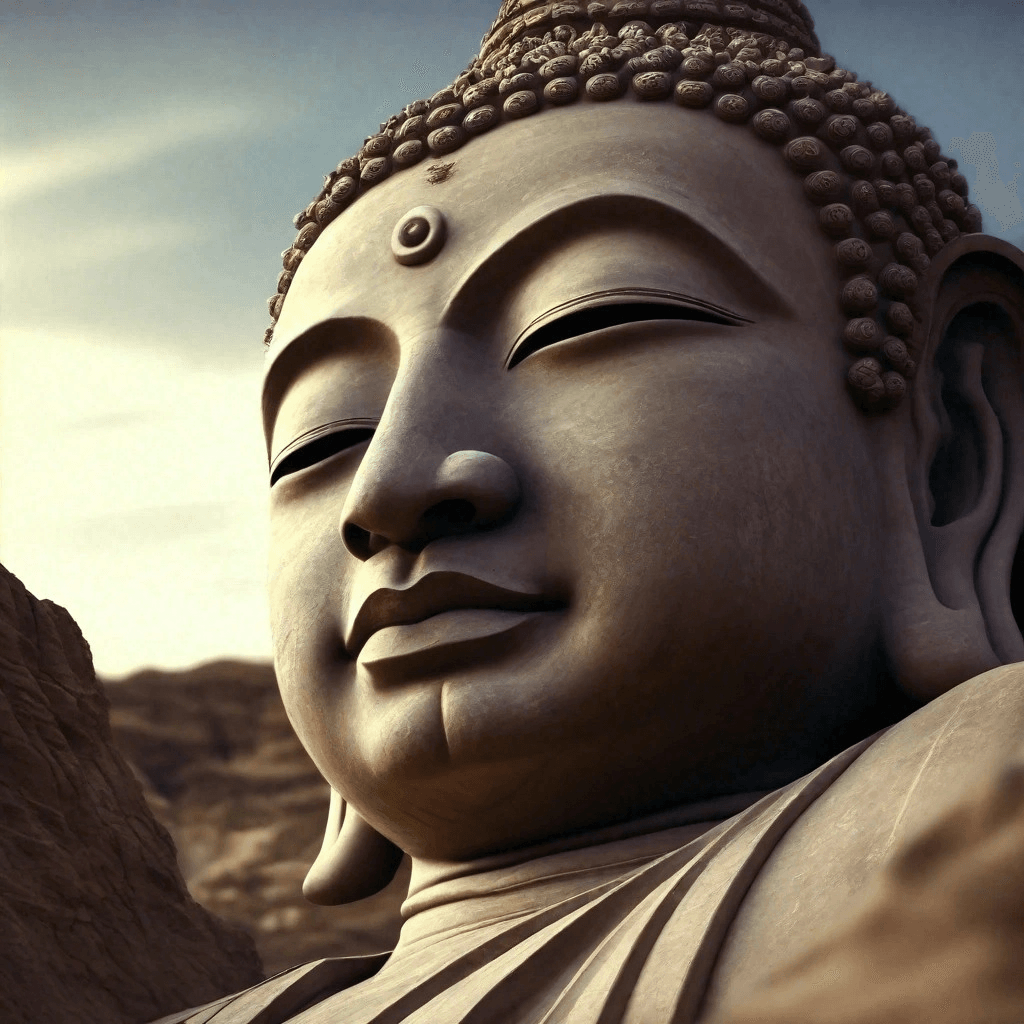
46.The History and Philosophy of Yoga
The History and Philosophy of Yoga
Yoga is a rich and ancient practice that has evolved over thousands of years, encompassing a broad array of techniques and philosophies designed to unite the mind, body, and spirit. The history and philosophy of yoga offer profound insights into this holistic practice that goes beyond physical postures to embrace a way of living.
1. Origins of Yoga
Ancient Beginnings:
– Pre-Vedic Period: The origins of yoga are believed to date back over 5,000 years to the Indus-Sarasvati civilization in Northern India. Archaeological findings, such as seals depicting figures in meditative postures, suggest early forms of yoga.
– Vedic Period (1500 – 500 BCE): The earliest written references to yoga are found in the Rig Veda, one of the oldest sacred texts. The Vedas contain hymns, mantras, and rituals that were used by Vedic priests.
Development in Upanishads and Bhagavad Gita:
– Upanishads (800 – 200 BCE): These ancient scriptures further elaborated on the ideas presented in the Vedas, introducing concepts like karma (action) and jnana (knowledge).
– Bhagavad Gita (circa 500 BCE): This epic text discusses various yoga paths, including Karma Yoga (yoga of action), Bhakti Yoga (yoga of devotion), and Jnana Yoga (yoga of knowledge), and emphasizes the importance of living a life of righteousness and duty.
2. Classical Period
Yoga Sutras of Patanjali (circa 200 CE):
– Patanjali’s Contribution: The sage Patanjali systematized the practices of yoga into the Yoga Sutras, a foundational text for classical yoga philosophy. The Yoga Sutras outline an eightfold path (Ashtanga) for achieving spiritual enlightenment and self-realization.
Eightfold Path (Ashtanga Yoga):
1. Yama: Ethical disciplines (non-violence, truthfulness, non-stealing, continence, non-greed).
2. Niyama: Personal observances (purity, contentment, austerity, self-study, surrender to a higher power).
3. Asana: Physical postures.
4. Pranayama: Breath control.
5. Pratyahara: Withdrawal of senses.
6. Dharana: Concentration.
7. Dhyana: Meditation.
8. Samadhi: State of bliss or enlightenment.
3. Post-Classical Period
Hatha Yoga (circa 9th – 15th centuries):
– Emergence: During this period, Hatha Yoga was developed, focusing on physical postures and breath control as a means to prepare the body for meditation.
– Hatha Yoga Pradipika: Written by Swami Swatmarama in the 15th century, this text is one of the most influential on Hatha Yoga, detailing various asanas, pranayama techniques, and purification practices (shatkarmas).
4. Modern Yoga
Yoga in the West:
– Introduction: Yoga was introduced to the Western world in the late 19th and early 20th centuries by Indian yoga masters like Swami Vivekananda, who spoke at the Parliament of Religions in Chicago in 1893.
– Influential Figures: Figures such as Krishnamacharya, B.K.S. Iyengar, Pattabhi Jois, and Indra Devi played significant roles in popularizing yoga in the West through their teachings and writings.
Yoga Styles and Schools:
– Hatha Yoga: Emphasizes physical postures (asanas) and breath control (pranayama).
– Ashtanga Yoga: A rigorous and structured style that follows a specific sequence of postures.
– Iyengar Yoga: Focuses on alignment and precision in each pose, often using props.
– Vinyasa Yoga: Known for its flowing sequences that link breath with movement.
– Bikram Yoga: A series of 26 postures practiced in a heated room.
– Restorative Yoga: Involves gentle poses held for extended periods, often with the aid of props.
5. Yoga Philosophy
Core Concepts:
– Union (Yoga): The term “yoga” is derived from the Sanskrit word “yuj,” meaning to yoke or unite. It signifies the union of the individual self with the universal consciousness.
– Karma (Action): The law of cause and effect, emphasizing that every action has consequences.
– Dharma (Duty): The ethical and moral obligations that guide an individual’s actions.
– Moksha (Liberation): The ultimate goal of yoga, representing freedom from the cycle of birth and death (samsara) and realization of one’s true nature.
Influential Texts:
– Yoga Sutras of Patanjali: Outlines the philosophical framework and practical steps for achieving enlightenment.
– Bhagavad Gita: Discusses various paths of yoga and the importance of righteous living.
– Hatha Yoga Pradipika: Provides detailed instructions on the physical practices of yoga.
6. Integration of Yoga in Daily Life
Holistic Practice:
– Physical: Regular practice of asanas to maintain physical health and flexibility.
– Mental: Incorporation of meditation and mindfulness to reduce stress and enhance mental clarity.
– Spiritual: Engagement in self-reflection, ethical living, and devotion to higher principles.
Modern Applications:
– Therapeutic Yoga: Used in medical and therapeutic settings to address specific health issues.
– Corporate Yoga: Implemented in workplaces to improve employee well-being and productivity.
– Community Yoga: Classes and workshops aimed at making yoga accessible to diverse populations.
Conclusion
The history and philosophy of yoga reveal a profound and multifaceted practice that extends beyond physical exercise to encompass a complete way of life. By understanding its origins, development, and core principles, practitioners can deepen their appreciation and commitment to this transformative practice. Yoga’s timeless wisdom continues to offer valuable guidance for achieving balance, harmony, and self-realization in the modern world.



